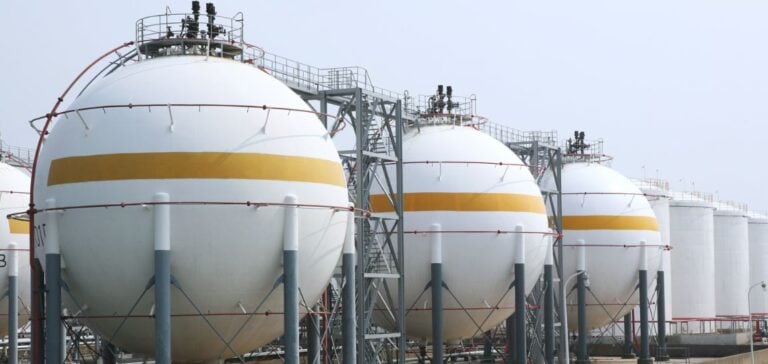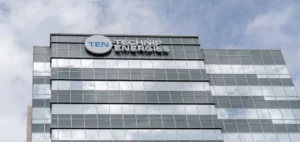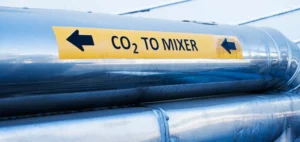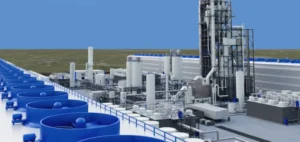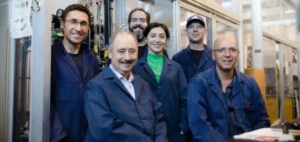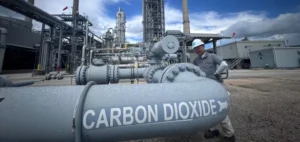The costs of CCS in Europe are estimated at between €130 and €150 per tonne, with the majority of these costs relating to CO2 transport and storage. This estimate far exceeds the price of allowances under the European Union Emissions Trading Scheme (EU ETS), valued at around 67.92 euros per tonne on June 25. This disparity poses a significant financial challenge for project developers, who are waiting for governments to finalize regulatory frameworks for CCS. Project developers are awaiting final regulatory frameworks from governments to frame CCUS operations. The financial obstacle of risk reduction for projects is also notable. Margarethe Kleczar, Vice President of Carbon and Hydrogen Management at Wintershall Dea, said that financing remains a difficult task, particularly in continental Europe, while the UK’s Track 1 and 2 cluster sequencing program is helping to reduce investment risk.
British initiatives: a model to follow?
In the UK, the Track 1 and 2 cluster program aims to reduce the financial risks of CCS projects by aligning CO2 emitters and transport and storage operators. Despite this, projects face challenges, not least the management of multiple regulators. Spirit Energy’s Matt Browell-Hook points out that the investment decisions scheduled for 2024 will be crucial to boosting confidence in the sector. Trade group Hydrogen UK has called for accelerated government action on the development of CCUS projects and subsidies before the UK general election in July 2024. The UK government announced Track 1 projects in March 2023, also awarding Track 2 status to the Acorn and Viking projects later in the year. The government plans to move to a competitive allocation process from 2027, and to open up the HyNet cluster in the northwest to more companies from 2030.
Progress in the Netherlands and Greece
CCS projects are also underway in the Netherlands, where the Porthos project began construction in April. This project sets tariffs at 38 euros per tonne for 15-year contracts, well below average European cost estimates. However, the project’s costs have more than tripled since its conception, and have doubled since the tariffs were agreed with the transmitters. In Greece, EnEarth’s Prinos project foresees a final investment decision in 2024 or 2025, aiming to store 3 million tonnes of CO2 per year in a depleted oil and gas field. The project will serve potential customers in Croatia, Italy, Bulgaria and Greece.
Government Support and Subsidies: Keys to Success
Government subsidies and support are essential to get the first CCS projects off the ground. Paul Lafferty of Summit Energy Evolution and Hetal Gandhi of Wood Mackenzie stress the importance of financial incentives to boost the sector. The UK uses various mechanisms to support investment, while other countries such as Australia and Indonesia offer benefits well below their investment needs. A Wood Mackenzie report estimates that global carbon capture capacity will reach 440 million tonnes per year by 2034, requiring a total investment of $196 billion. Around 70% of this investment will be concentrated in North America and Europe. The report also points out that governments play a critical role by offering investment grants, operational subsidies, tax incentives and contracts for differences for CCUS projects.
Demand exceeds supply
Despite growth forecasts, the planned CO2 capture and storage capacity of 664 million tonnes per year will not be sufficient to meet global demand of 640 million tonnes per year by 2034. The majority of current projects are in North America and Europe, leaving Asia-Pacific lagging behind, particularly China and India. Government incentives, such as the Inflation Reduction Act in the USA and the SDE++ subsidy system in the Netherlands, play a crucial role in moving projects towards final investment decisions. Analysts at Wood Mackenzie predict that CO2 storage capacity will exceed capture capacity, creating a global gap of over 200 million tonnes per year by 2034. Hub-based storage ecosystems will develop, particularly in Europe and Asia-Pacific, although bilateral agreements and cross-border CO2 transport policies will be needed to manage liability risks.
CCS projects in Europe face financial and regulatory challenges, despite promising initiatives in the UK and the Netherlands. Government support is crucial to bridge the gap between costs and prices in the CO2 compliance market. Demand for carbon capture and storage capacity far outstrips supply, requiring increased investment and political incentives to meet the 2030 climate targets.


